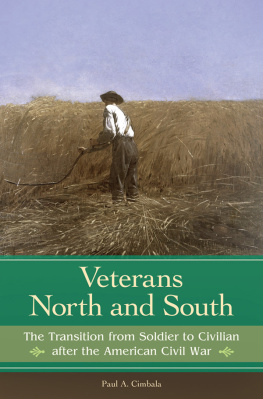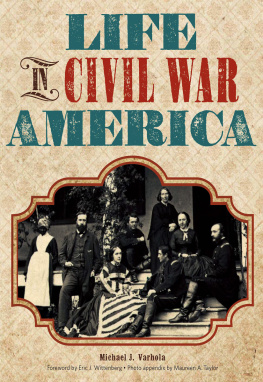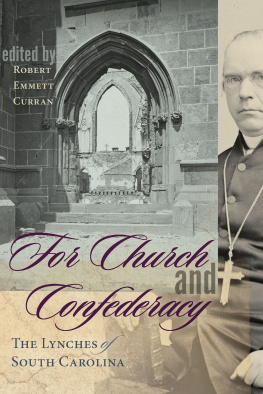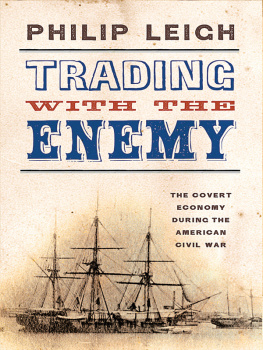Philip N. Racine - Living a Big War in a Small Place: Spartanburg, South Carolina, during the Confederacy
Here you can read online Philip N. Racine - Living a Big War in a Small Place: Spartanburg, South Carolina, during the Confederacy full text of the book (entire story) in english for free. Download pdf and epub, get meaning, cover and reviews about this ebook. year: 2013, publisher: Univ of South Carolina Press, genre: Politics. Description of the work, (preface) as well as reviews are available. Best literature library LitArk.com created for fans of good reading and offers a wide selection of genres:
Romance novel
Science fiction
Adventure
Detective
Science
History
Home and family
Prose
Art
Politics
Computer
Non-fiction
Religion
Business
Children
Humor
Choose a favorite category and find really read worthwhile books. Enjoy immersion in the world of imagination, feel the emotions of the characters or learn something new for yourself, make an fascinating discovery.

- Book:Living a Big War in a Small Place: Spartanburg, South Carolina, during the Confederacy
- Author:
- Publisher:Univ of South Carolina Press
- Genre:
- Year:2013
- Rating:3 / 5
- Favourites:Add to favourites
- Your mark:
Living a Big War in a Small Place: Spartanburg, South Carolina, during the Confederacy: summary, description and annotation
We offer to read an annotation, description, summary or preface (depends on what the author of the book "Living a Big War in a Small Place: Spartanburg, South Carolina, during the Confederacy" wrote himself). If you haven't found the necessary information about the book — write in the comments, we will try to find it.
Most of what we know about how the Civil War affected life in the Confederacy is related to cities, troop movements, battles, and prominent political, economic, or military leaders. Far less is known about the people who lived in small Southern towns remote from marching armies or battles. Philip N. Racine explores life in one such placeSpartanburg, South Carolinain an effort to reshape the contours of that great conflict.
By 1864 life in most of the Confederacy, but especially in rural towns, was characterized by scarcity, high prices, uncertainty, fear, and bad-tempered neighbors. Shortages of food were common. People lived with constant anxiety that a soldiering father or son would be killed or wounded. Taxes were high, inflation was rampant, good news was scarce and seemed to always be followed by bad. The slave population was growing restive as their masters bad news was their good news. Army deserters were threatening lawlessness; accusations and vindictiveness colored the atmosphere and added to the anxiety, fear, and feeling of helplessness. Often people blamed their troubles on the Confederate government in faraway Richmond, Virginia.
Racine provides insight into these events through personal stories: the plight of a slave; the struggles of a war widow managing her husbands farm, ten slaves, and seven children; and the trauma of a lowcountry refugees having to forfeit a wealthy, aristocratic way of life and being thrust into relative poverty and an alien social world. All were part of the complexity of wartime Spartanburg District.
A well-written account that not only captures the plight of both the black and white population, but also offers some amazing cameos, especially the life of Emily Lyle Harris, who struggled to keep her large family in tact while her husband went off to war. This is a lively read and a perfect book to assign for classes covering the Carolina Upstate during the American Civil War. Edmund L. Drago, professor of history, The College of Charleston, and author of Confederate Phoenix: Rebel Children and Their Families in South Carolina
Living a Big War offers a fascinating, unflinching look at the toll the Civil War took on Spartanburg, clearly showing divisions that emerged and deftly employing stories of slaves, women, and other individuals to reveal the experiences of people on the home front. Gaines M. Foster, dean, College of Humanities and Social Sciences, Louisiana State University, and author of Ghosts of the Confederacy: Defeat, the Lost Cause and the Emergence of the New South, 18651913
Philip N. Racine: author's other books
Who wrote Living a Big War in a Small Place: Spartanburg, South Carolina, during the Confederacy? Find out the surname, the name of the author of the book and a list of all author's works by series.











